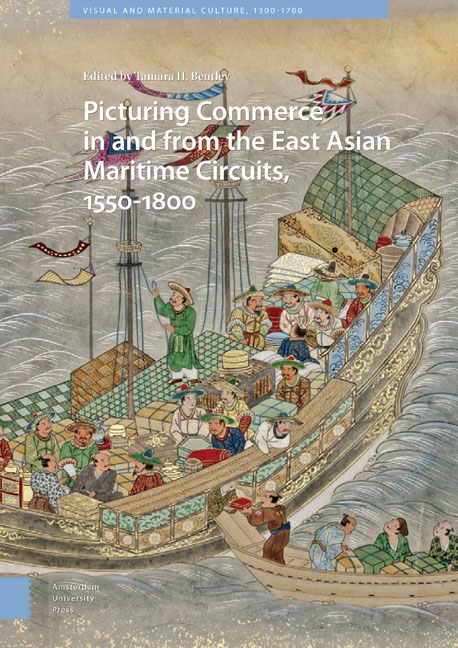5 - From global to local: The diaspora of Asian decorative arts in colonial Latin America
Published online by Cambridge University Press: 25 November 2020
Summary
Abstract
The Spanish conquest and occupation of the Philippines beginning in 1565, and the development of the Manila Galleon trade beginning in 1573, greatly enhanced Spain’s role as an importer of Asian commodities. Many of these goods came across the Pacific, and, in the sixteenth – eighteenth centuries, Mexico served as an important crossroads between East Asia and Europe. New products transforming daily life in colonial Latin America included silks, indianilla printed cottons, porcelains, ivory sculptures, lacquerwares, and folding screens. These Asian goods were not only used in aristocratic settings, but also in provincial areas and middle-class contexts. The hybrid aesthetics resulting from these imported commodities were a significant part of the culture of the Hispanic viceroyalties in Central and South America.
Keywords: colonial Latin America; colonial Mexican visual culture; New Spain; Manila galleon trade; silk textiles; New World hybridity
In thee Spain and China meet,
Italy is linked with Japan,
And now, finally, a world united
In order and agreement.
—Bernardo de Balbuena, La grandeza Mexicana, 1604Balbuena's epic poem about Mexico was published just over thirty years after the opening of Spanish trade with Asia (via Manila and Acapulco) and indicates an intellectual self-awareness in Mexico of its role as a major crossroads within the new global trade network. With the conquest and occupation of the Philippines by Spain in 1565, Spain finally had its own long-desired trade route to Asia and no longer had to rely on the Portuguese-dominated route around the tip of Africa. In 1573, the famous galleon fleets began to sail annually from Manila to Acapulco laden with exotic trade goods such as porcelain, silks, and spices. There the goods were off-loaded onto mules for the long journey overland to the east coast of Mexico where in Veracruz they were again loaded onto ships for the trip across the Atlantic to Spain; or inland to Mexico City, as capitol of the viceroyalty of New Spain, for local consumption and distribution.
Since Spain's main trade artery with Asia crossed Mexico, the area served as the pivot point for all consumer goods from Asia bound for Spain as well as to all the Spanish colonies in the Americas.
- Type
- Chapter
- Information
- Publisher: Amsterdam University PressPrint publication year: 2019



